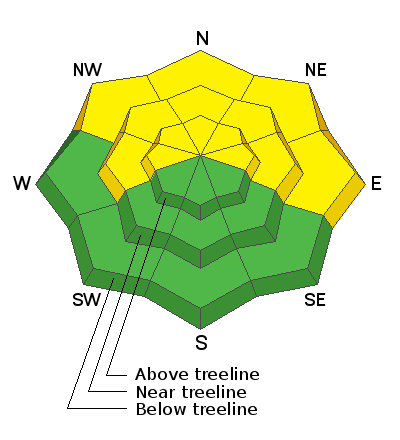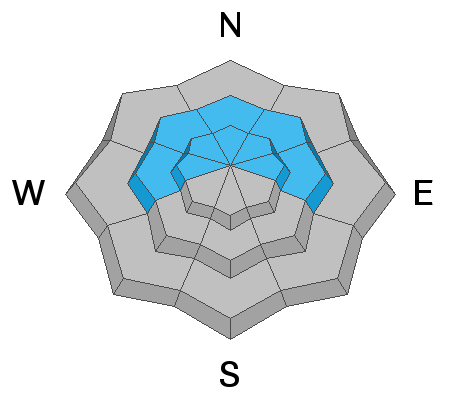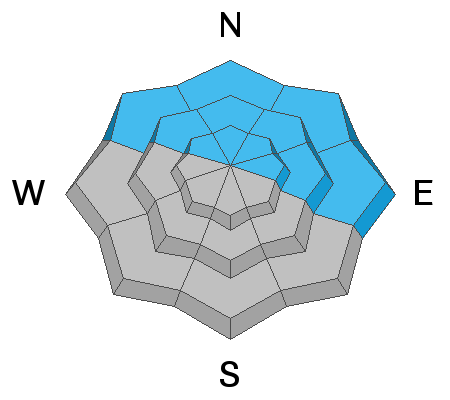Forecast for the Moab Area Mountains

Issued by Dave Garcia on
Tuesday morning, March 29, 2022
Tuesday morning, March 29, 2022
Four inches of snow overnight and strong Southerly winds have created a MODERATE danger for triggering an avalanche in wind drifted snow on slopes that face W-N-E near and above treeline. Backcountry riders should pay close attention to snowfall rates throughout the day. Fresh wind drifts will continue to form as the storm progresses. There is still a MODERATE danger for triggering an avalanche on a buried persistent weak layer of faceted snow on all steep slopes that face NW-N-E.

Low
Moderate
Considerable
High
Extreme
Learn how to read the forecast here








